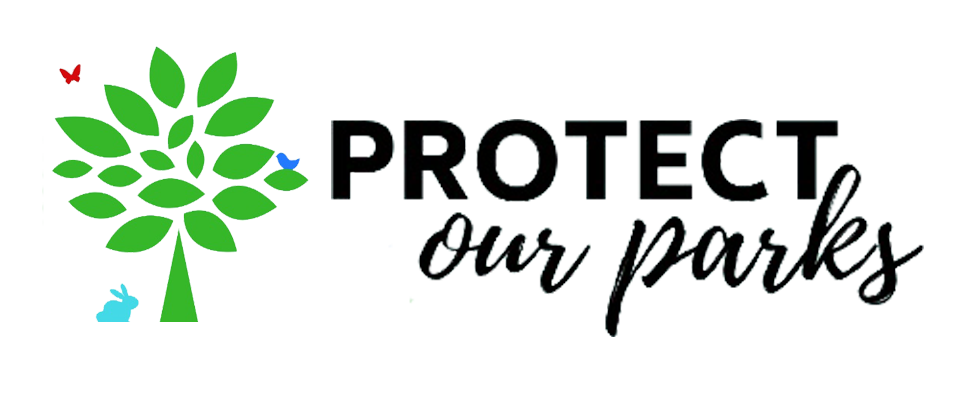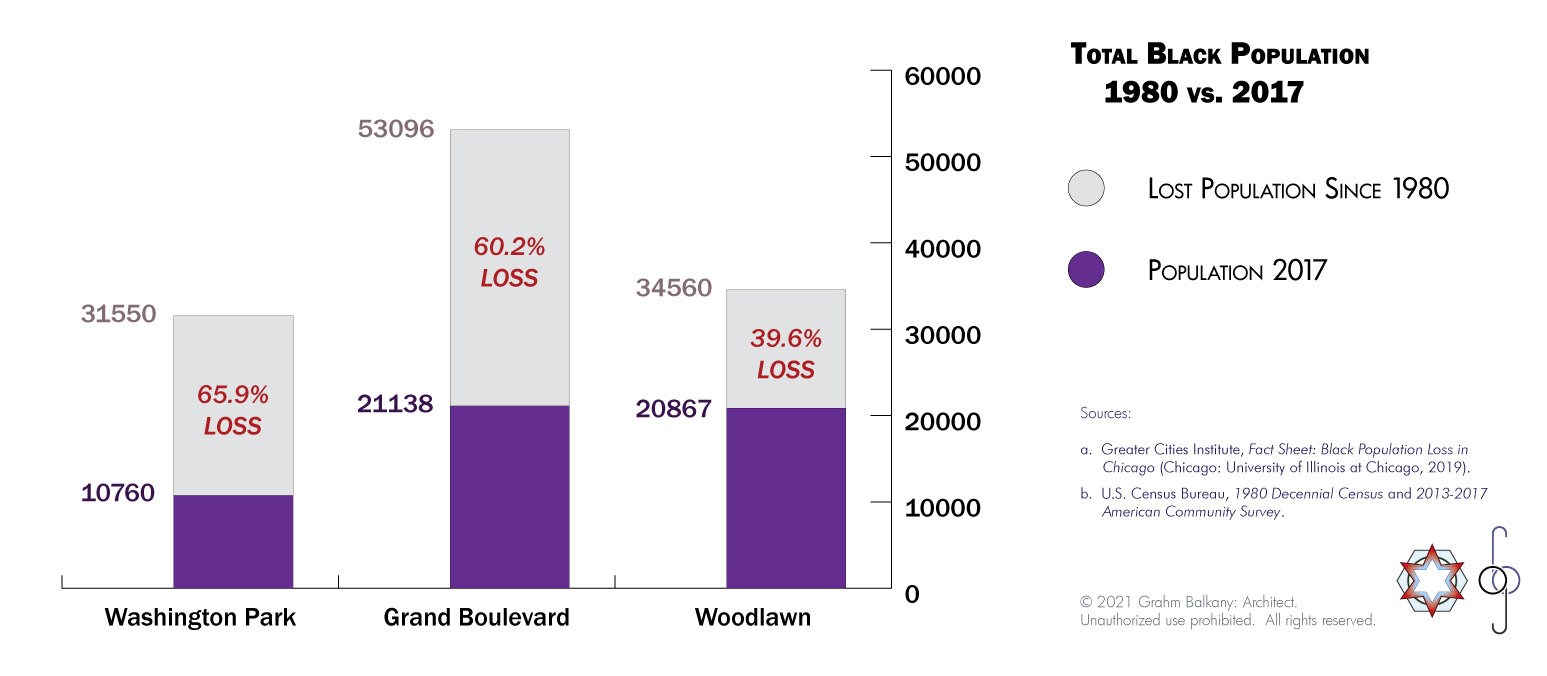Washington Park: A Community Calling Out for Tomorrow
For all of its advantages and strategic location, the Washington Park community is not without its challenges. Decades of disinvestment, job losses, and spiraling neglect have produced a tangible cycle of decay that requires visionary, bold, sensitive action to inclusively reverse. In other words, the challenges in the community are precisely why an institution like the Obama Presidential Center is of immediate and urgent value to the surrounding area.
Washington Park and the locales that surround it are places of beautiful boulevards and irreplaceable architecture, with an enviable mix of housing including mansions, single-family row-houses, vintage flats, and modern apartments. Elsewhere, however, signs of disinvestment are unmistakable, with vacant lots strewn about like the fallen petals of a wilted bouquet. The basic infrastructure of modern American life– retail operations, restaurants, cinemas, hotels, banks, gyms – is virtually nonexistent. And despite the presence of so many historic and hard-working institutions, the community today feels disjointed, bemused, in need of a unique attractor that can aright and focus the community’s spirit.
The proposed site of the Obama Presidential Center is bordered by the neighborhoods of Washington Park, Grand Boulevard, and Woodlawn. All predominantly African American in makeup, these communities have suffered tremendous population loss over the decades.
The diagram below has been generated based on spatially accurate data for lot subdivisions and existing improvements, current as of February 2021. What can be immediately observed is the preponderance of fallow and disused land. This graphic is an accurate snapshot of a struggling place, an unfolding American tragedy, calling out direly for a change of course. With deeply engrained challenges, a reversal of fortune is urgently needed. In the western half of the 2 square-mile study depicted, fully 42.2% of designated lots are currently derelict, on a basis of square footage. Also, it can be seen in the graphic that the trends of the past leading towards devastation continue unabated. In the western half, by land area, 7.4% of buildings were demolished in the last 20 years, and another 6.6% today stand abandoned and in jeopardy. The tribulations these communities have suffered throughout the last 80 years continue today virtually unabated.
Map of neighborhood health for the area immediately surrounding the proposed alternate site of the Obama Presidential Center.
Washington Park and greater Bronzeville are two of many beautiful, historic South Side communities, calling out for a brighter future for all residents. They are neighborhoods calling out for a reversal of misfortune – misfortune largely cast upon them by deleterious external forces far beyond immediate control. These are communities calling out for a spirited, community-minded intervention – an opportunity that occurs only once in a generation, such as that before us today via the Obama Presidential Center. Waiting for another such opportunity may indeed prove to be too late.
Grahm Balkany, AIA
February 19, 2021



